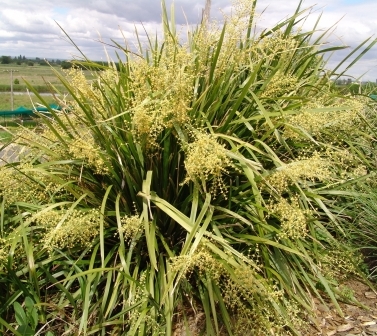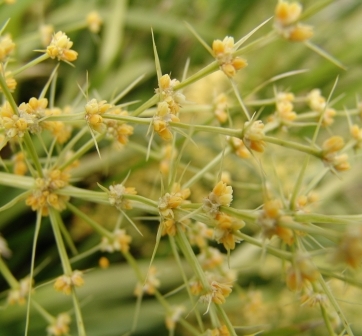
 |
|||
| Sponsors websites: | |||
Katie Belles, perfect for Queensland.By Nathan Dutschke Occasionally a plant comes along that stands out from the rest and says Wow! Look at me! Katie Belles will redefine landscapes in tropical, sub tropical and temperate areas. Imagine a spring landscape planted with masses of Katie Belles flow Katie Belles will generally grow to at least 1.2 to 1.5m in general conditions, but in well maintained, fertilised and irrigated areas it can grow to a height of 1.8m, a little lower if in harsh conditions. Katie Belles has much larger and more prolific bold yellow flowers in comparison to the common Lomandra hystrix and are soft to touch. Like other Lomandra hystrix, Katie Belles is extremely resistant to root rot and will tolerate excessively wet, over irrigated areas and also dry gardens with drought conditions. It is ideal for most landscape situations in
A recent erosion control paper on commonly used landscape plants shows that Katie Belles has significant erosion control capabilities. It has the ability to strengthen the soil an extra 285% compared to bare soil. Tropicbelle another Lomandra hystrix strengthened the soil by 135%. Common Lomandra in this investigation strengthened the soil significantly less at only 50%. This research shows that Katie Belles can be used to better strengthen the soil and help prevent erosion on slopes, batters, beach fronts and stream embankments, and gullies where it can tolerate periods of wet and dry. For more information on Katie Belles or the full results of the erosion control paper go to www.ozbreed.com.au and select the research link. |
|||
 |
|||
 |
|||